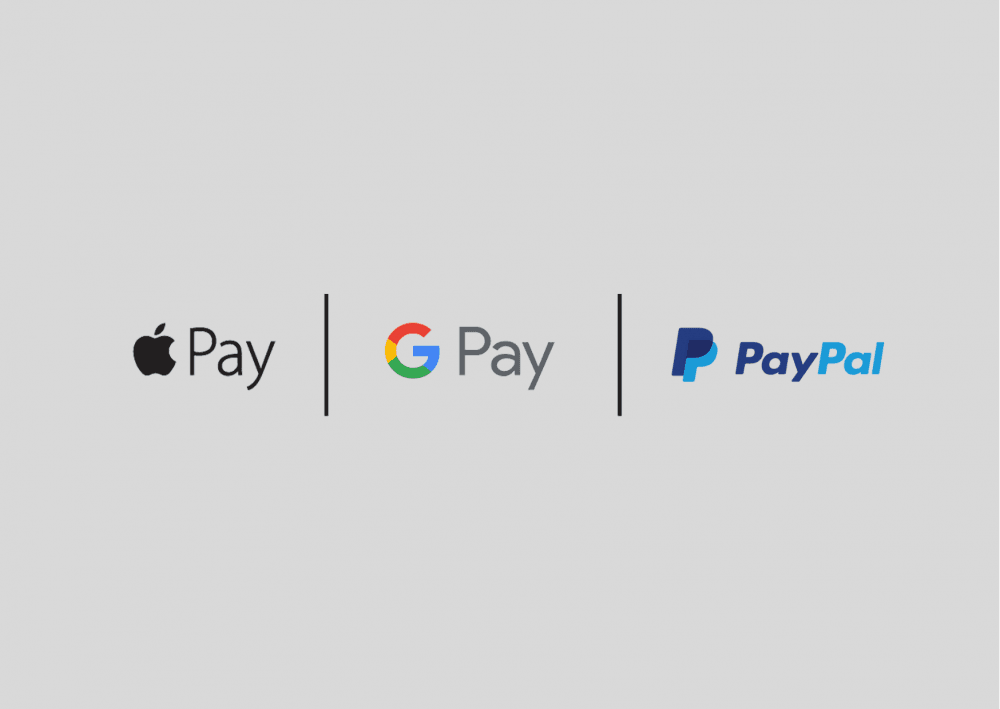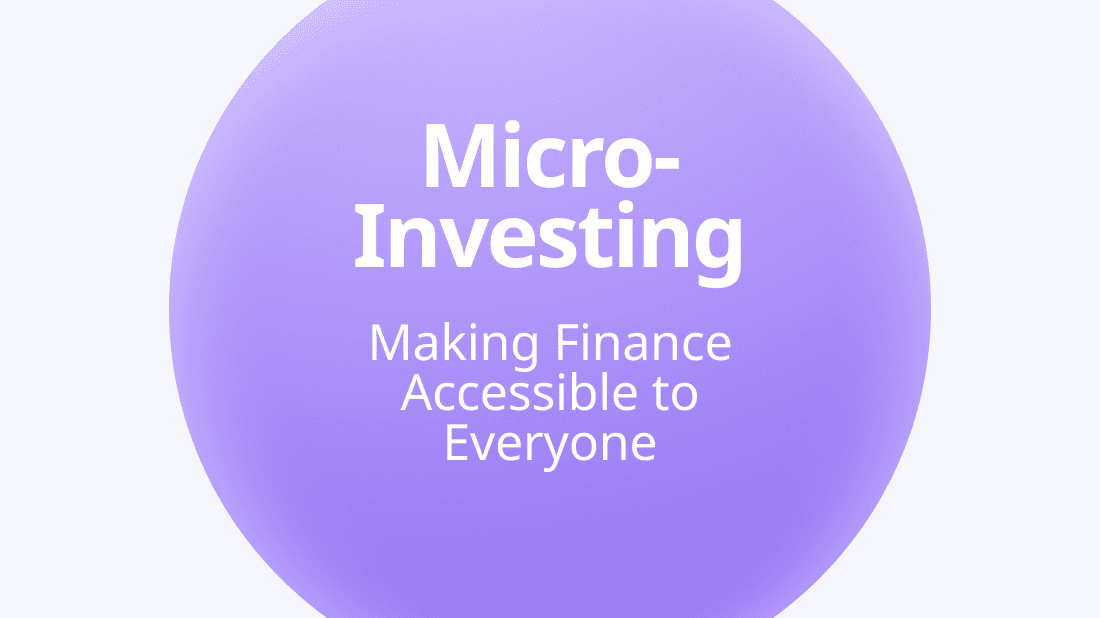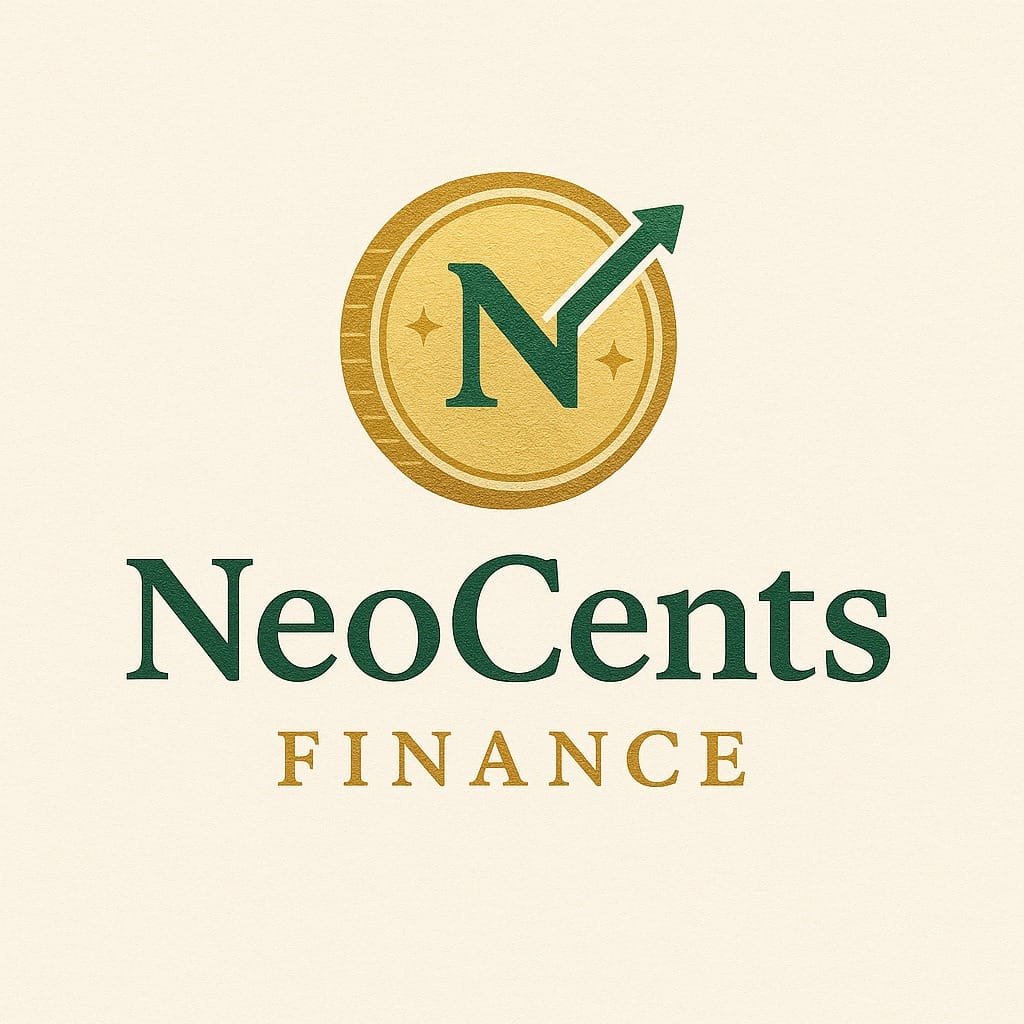Digital wallets have made paying easier, but with so many options out there, it’s hard to know which one truly works best for your lifestyle. That’s why we’re comparing digital wallets: PayPal vs Apple Pay vs Google Pay—so you can understand what they offer, how they differ, and which one is best for you.
In this article, we’ll break down the features, pros, and quirks of these three popular mobile wallet apps. Whether you’re a team iPhone or Android, a small business owner, or an online shopper, choosing the right digital wallet can mean more convenience, better security, and even extra savings.
What Is a Digital Wallet?
A digital wallet is an app or software that stores your payment information electronically so you can make purchases without using physical cash or cards. Think of it like a secure vault that lives on your smartphone, tablet, or computer.
Popular mobile payment apps—like PayPal, Apple Pay, and Google Pay—use encrypted technology like NFC (Near Field Communication) or QR codes to make fast, secure transactions.
With more retailers, websites, and banks accepting these services, mobile wallets are quickly replacing traditional wallets, especially in the U.S.
Why Comparing Digital Wallets Matters
The digital wallet you choose impacts more than just how you pay. It affects:
Security and privacy
Ease of use across platforms
Where and how you shop
Transaction speed and fees
Plus, not all wallets work the same way across devices. Choosing between PayPal vs Apple Pay vs Google Pay depends on your tech ecosystem, banking preferences, and lifestyle habits.
Overview: The Big Three Digital Wallets
Let’s briefly introduce our three contenders:
1. PayPal
One of the oldest online payment platforms
Great for sending money, online shopping, and invoicing
Works on all devices (iOS, Android, desktop)
2. Apple Pay
Built into Apple devices (iPhone, Apple Watch, iPad, Mac)
Optimized for in-store NFC payments and Safari web checkouts
Tied to your Apple ID and Face/Touch ID
3. Google Pay
Available on Android and (limited features) iOS
Combines payments, loyalty cards, and transit passes
Syncs with your Google account and Google services
Feature Comparison: PayPal vs Apple Pay vs Google Pay
Let’s dive into a detailed comparison across the most important features.
1. Device Compatibility
PayPal: Available on all devices, including desktops
Apple Pay: Only on Apple devices
Google Pay: Best on Android; limited on iOS
2. Where You Can Use Them
PayPal: Widely accepted for online shopping and peer-to-peer transfers
Apple Pay: Accepted in-store, online (Safari), and in apps
Google Pay: Accepted in-store (NFC), online, and for Android app purchases
3. Security
PayPal: Password, two-factor authentication, buyer protection
Apple Pay: Uses Face/Touch ID, encrypted tokenization, no actual card data shared
Google Pay: Screen lock, tokenization, Google’s security infrastructure
4. Fees
PayPal: Free for friends/family transfers (bank); fees for credit card use or business
Apple Pay: No fees for users; Apple Cash transfers to a bank may incur fees
Google Pay: No user fees for personal payments
5. Rewards, Offers & Extras
PayPal: Cashback with partner cards, PayPal Credit, pay-in-4 options
Apple Pay: Apple Card cash back, privacy-first transactions
Google Pay: Offers, loyalty card integration, transit pass storage
Real-World Use Cases
Let’s put these wallets into everyday scenarios to help you see which might be right for you.
— You Shop Online Frequently
Winner: PayPal
PayPal is the most widely accepted digital wallet online. Plus, you get buyer protection and the option to pay in 4 installments with no interest.
— You use an iPhone and Shop In-Store Often
Winner: Apple Pay
Apple Pay is native to your device and super fast with Face ID. It’s also one of the most secure ways to pay in-store.
— You’re an Android User Who Loves Deals
Winner: Google Pay
Google Pay offers discounts, lets you store gift cards and transit passes, and integrates deeply into Android’s OS.
— You Send or Receive Money from Friends
Winner: PayPal (or Google Pay)
PayPal makes it easy to split bills, pay freelancers, and even send international payments. Google Pay also works well for friend-to-friend transfers, especially if you’re both Android users.
Privacy and Security: Who Does It Best?
Security is a major concern for anyone using digital wallets for online shopping or in-store transactions.
Apple Pay leads in privacy—Apple doesn’t track or store your transactions.
PayPal offers solid buyer protection, which is great for online purchases.
Google Pay uses multiple security layers, but it does track data for marketing.
So, if you value data privacy, Apple Pay is the standout.
Pros and Cons Summary
| Feature | PayPal | Apple Pay | Google Pay |
|---|---|---|---|
| Device Support | All platforms | Apple-only | Android (best), iOS limited |
| In-Store Payments | Limited (via QR codes) | Excellent | Excellent |
| Online Shopping | Widely accepted | Great (in Safari) | Good |
| Peer-to-Peer (P2P) | Strong | Apple Cash (US only) | Good |
| Security | Very strong | Industry-leading | Strong |
| Rewards/Offers | Some cashback, credit options | Apple Card cashback | Many local deals & rewards |
| Business Use | Invoicing, subscriptions | Not ideal for businesses | Google Pay for Business |
Expert Tip: Combine Wallets for Maximum Benefit
You don’t have to choose just one. Many people use a combination of digital wallets:
Use PayPal for online shopping and peer-to-peer payments
Use Apple Pay or Google Pay for contactless in-store purchases
Use whichever wallet offers the best cashback or security for each transaction
This hybrid approach lets you enjoy the strengths of each platform.
Why This Choice Matters
Your money habits reflect your values, lifestyle, and comfort with technology. Choosing the right digital wallet is more than just tapping your phone—it’s about feeling secure, empowered, and confident in how you handle your finances.
Maybe you’re a busy mom who doesn’t want to carry a purse. Or a student trying to split rent with roommates. Or a freelancer who depends on fast, reliable payments. Digital wallets—when chosen thoughtfully—make your financial life smoother and smarter.
Summary
Digital wallets like PayPal, Apple Pay, and Google Pay make payments easier, faster, and safer.
PayPal is best for online purchases, P2P transfers, and invoicing.
Apple Pay excels in privacy and in-store payments on iPhones.
Google Pay is great for Android users, deals, and loyalty programs.
Consider using more than one wallet to match your needs.
Final Thoughts: Which Digital Wallet Is Best for You?
In the battle of PayPal vs Apple Pay vs Google Pay, there’s no one-size-fits-all winner. Your ideal digital wallet depends on your device, lifestyle, and what matters most—be it security, speed, rewards, or flexibility.
The good news? Each of these wallets is secure, reliable, and widely accepted. Try them out, mix and match, and see what fits best.
Because in the world of modern payments, the real power is having choices that work for you.








